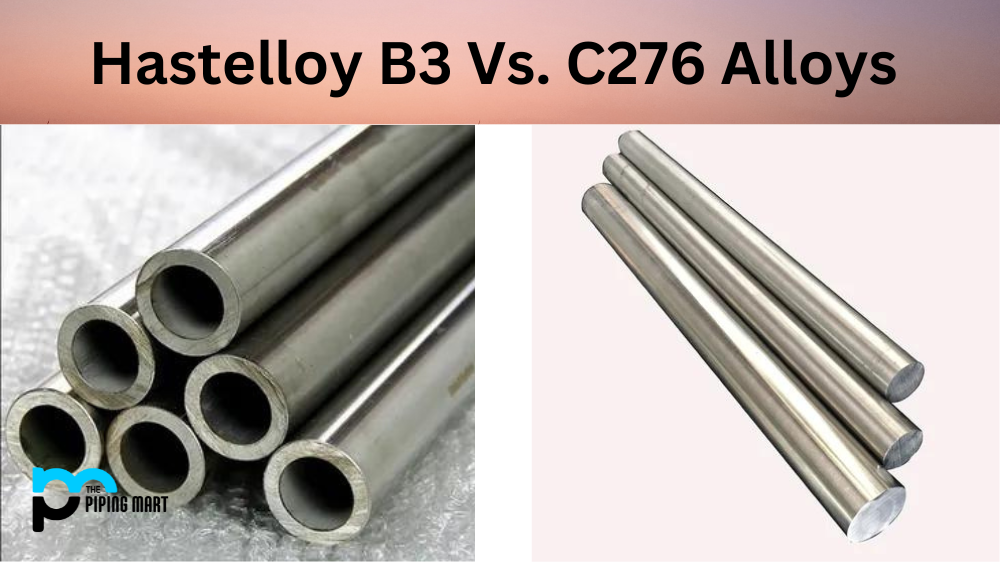If you’re shopping for aluminum products, you’ve probably noticed that there are two popular finishes available; anodised and powder coated. But what’s the difference between these two options? In this blog post, we’ll break down the differences between anodised and powder-coated aluminium so that you can make the right choice for your needs.
Anodising
Anodising is a type of finish that is applied to aluminium in order to protect it from corrosion and wear and tear. It is created by electrochemically treating the surface of the metal, which causes a layer of oxide to form on its surface. This layer increases the durability of the metal, making it more resistant to scratches and other damage. Anodising also improves the aesthetics of aluminum, as it can be colored or left with a natural finish. The color will not fade over time, as it is part of the metal itself. Anodised aluminium is often used in high-traffic areas such as airports and shopping malls, as it provides lasting protection against wear and tear.
Powder Coating
Powder coating is another popular finish for aluminium products. Unlike anodising, powder coating does not involve any chemical processes; instead, pieces are coated with a dry powder which is then heat cured onto the metal surface. This process creates a hard outer shell that resists scratches, chips, and corrosion better than anodised surfaces. Powder coating also offers more color options than anodising does; while anodised surfaces typically come in shades of silver or black, powder coating can be used to create almost any color imaginable. As such, it’s often used for decorative pieces like furniture or outdoor fixtures. However, one downside of powder coating is that its colours may fade over time due to exposure to UV light or chemicals like acid rain or salt water.
Difference Between Anodised aluminium and Powder-coated aluminium
Anodised Aluminium
Anodised aluminium is aluminium that has been treated in an electrolytic process to create a protective oxide layer. This layer is much harder than the aluminium itself, and it is highly resistant to corrosion and wear. Anodised aluminium also has a much higher resistance to UV light, making it an ideal choice for outdoor applications.
Powder Coated Aluminium
Powder-coated aluminium is aluminium that has been treated with a powder coating. This coating is typically made from polyester or epoxy resin, and it is applied to the aluminium using an electrostatic process. Powder coating provides a durable, long-lasting finish that is available in a wide range of colors.
Advantages of Anodised Aluminium
The main advantage of anodised aluminum is its increased durability. The hard oxide layer helps to protect the metal from corrosion and wear, making it an ideal choice for applications where the metal will be exposed to harsh conditions. Anodised aluminium is also more resistant to UV light than powder-coated aluminium, making it a better choice for outdoor applications.
Advantages of Powder Coated Aluminium
The main advantage of powder-coated aluminium is its aesthetic appeal. The powder coating can be applied in a wide range of colors, giving designers more flexibility when choosing finishes for their projects. Powder-coated aluminium is also more resistant to chipping and scratching than anodised aluminium, making it a good choice for applications where the metal will be subject to high levels of wear and tear.
Disadvantages of Anodised Aluminium
The main disadvantage of anodised aluminium is that it is not as resistant to chipping and scratching as powder-coated aluminium. Additionally, the process of creating the oxide layer can be expensive, making anodised aluminium more costly than powder-coated aluminium.
Disadvantages of Powder Coated Aluminium
The main disadvantage of powder-coated aluminium is that it is not as resistant to UV light as anodised aluminium. Additionally, the powder coating process can add significant weight to the metal, which may not be suitable for all applications.
Anodised vs. Powder Coated Aluminium Cost
Anodised and powder coated aluminium are two popular choices when considering the finish of an aluminium product. When selecting between these two options, the cost is a major consideration for many people. Anodising is typically cheaper than powder coating initially because it does not require any preparatory work prior to treatment or finishing products that may be necessary for powder coating. Powder coating can make up in durability what it lacks in initial cost, though – as it forms a thicker layer that has fewer chips and scratches than anodised aluminium – so this should also be taken into account when making your selection. Ultimately, whatever you decide on comes down to balancing factors of cost and durability for your project’s needs.
Conclusion:
Both anodised and powder-coated finishes have their own advantages and disadvantages when it comes to protecting aluminium products from wear and tear. Anodising provides great protection against corrosion but limited color options; meanwhile, powder coating offers excellent scratch resistance along with more variety in terms of its color palette. Ultimately, choosing between these two finishes comes down to what your needs are—so make sure you understand them before making your decision! With this knowledge in hand, you should have no trouble selecting the ideal finish for your aluminium product!

Pipingmart is a B2B portal that specializes in metal, industrial and piping items. Additionally, we share the latest information and information about materials, products and various types of grades to assist businesses that are involved in this business.




